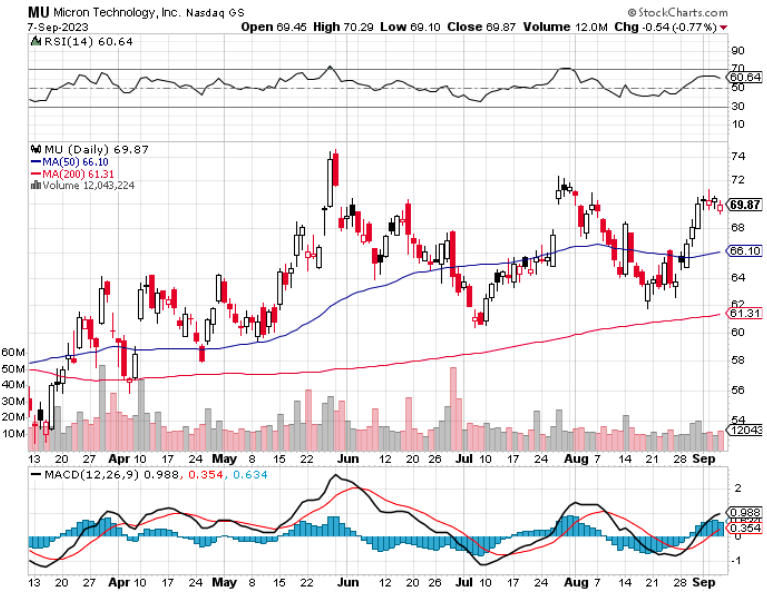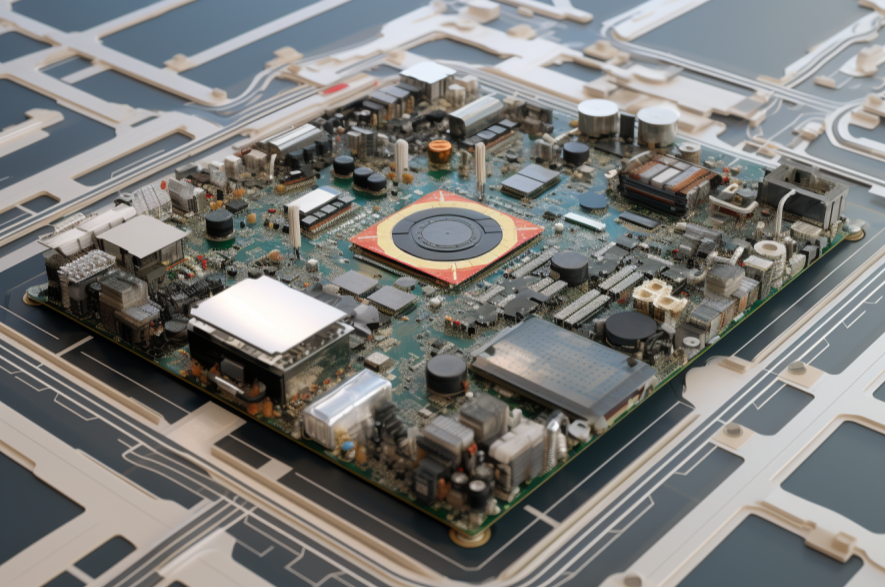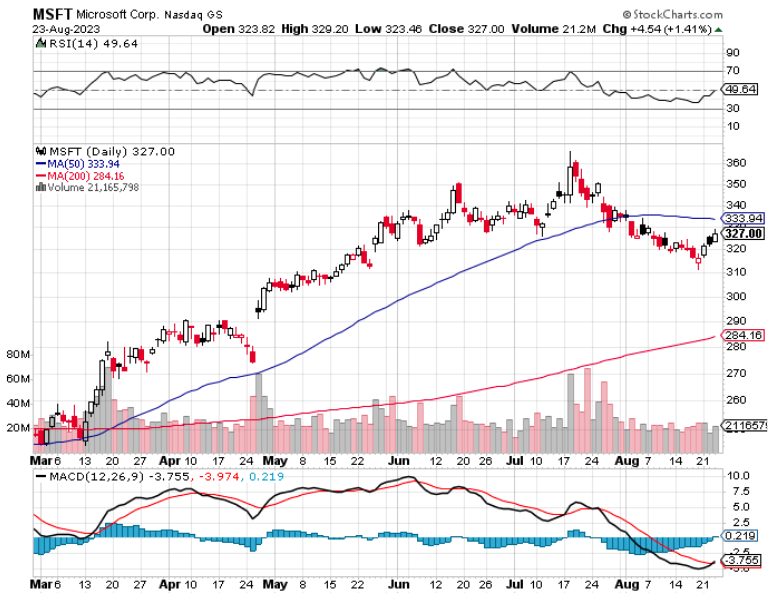Introduction
In recent years, the rapid advancements in artificial intelligence (AI) have transformed various industries, from healthcare to entertainment. However, these technological leaps have also raised complex questions about intellectual property rights and copyright issues. In response to this ever-evolving landscape, the United States Copyright Office (USCO) issued a Notice of Inquiry (NOI) on AI and copyright in 2022. In this 1200-word article, we will explore the USCO's AI NOI, the issues it addresses, and the implications it holds for creators, innovators, and the broader AI ecosystem.
I. The USCO's AI NOI: An Overview
The USCO's Notice of Inquiry (NOI) on AI and copyright, issued in February 2022, marks a significant step towards understanding and addressing the challenges and opportunities posed by AI in the realm of copyright. The NOI sought public input and comments on several key aspects, including the following:
- The implications of AI on copyright law.
- The role of human involvement in AI-generated works.
- Copyright registration of AI-generated works.
- Ownership and authorship of AI-created content.
- The application of fair use to AI-generated content.
- Potential changes to the Copyright Act to accommodate AI.
II. AI and Copyright: A Complex Relationship
A. AI as a Tool
One of the primary questions addressed in the AI NOI is whether AI should be considered a tool that assists human creators or an autonomous entity that can generate its own creative works. Many argue that AI is merely a tool that extends the capabilities of human creators, akin to a paintbrush or a musical instrument. However, this notion is challenged by AI systems that can autonomously generate text, music, art, and more.
B. Human Involvement
The extent of human involvement in AI-generated works is a central issue. The Copyright Act typically requires human authorship for copyright protection. However, AI can generate content independently, blurring the lines of authorship. The AI NOI sought input on defining the threshold of human involvement necessary to claim authorship.
III. Copyright Registration and AI-Generated Works
The AI NOI also examined the copyright registration process and how it applies to AI-generated works. Copyright registration provides creators with legal protection and enforcement rights. The challenge with AI-generated content lies in determining who should be eligible for copyright registration – the human operator, the AI developer, or the AI itself.
The NOI raised questions about whether modifications or adaptations made by a human operator to AI-generated content should be eligible for copyright protection and how registration procedures should accommodate these scenarios.
IV. Ownership and Authorship
Ownership and authorship are critical components of copyright law. The AI NOI sought to address whether AI-generated works should be subject to the same rules as human-authored works when determining copyright ownership. This consideration is vital for establishing clear rights and responsibilities in cases where AI-generated content becomes commercially valuable.
V. Fair Use and AI-Generated Content
Fair use, a fundamental doctrine in copyright law, allows for limited use of copyrighted material without permission from or payment to the copyright holder. The AI NOI explored whether fair use principles should apply to AI-generated content and whether AI systems should be designed to consider potential fair use defenses when generating content.
VI. Potential Changes to the Copyright Act
The AI NOI also raised the possibility of revising the Copyright Act to address the unique challenges posed by AI-generated content. This could include updating definitions, establishing clearer guidelines for registration, and addressing questions of ownership and authorship in AI-generated works.
VII. Implications for Creators and Innovators
A. Creativity and Innovation
The AI NOI has significant implications for creators and innovators in the AI industry. On one hand, it recognizes the importance of fostering creativity and innovation in AI development. However, it also seeks to strike a balance by addressing the potential impact on traditional creative industries, where human authors and artists may face competition from AI-generated content.
B. Legal Clarity
The AI NOI aims to provide legal clarity in an increasingly complex landscape. Determining ownership and authorship, setting guidelines for copyright registration, and defining the role of fair use in AI-generated content are crucial for establishing a framework that encourages responsible AI development.
C. Protecting Intellectual Property
Ensuring that creators and innovators can protect their intellectual property rights is essential. The AI NOI seeks to establish a foundation for copyright protection in the AI era while avoiding stifling innovation.
VIII. The Road Ahead
As of the publication of this article, the USCO continues to review the comments and feedback received in response to the AI NOI. The results of this inquiry will play a pivotal role in shaping the future of copyright law in the context of AI. It is expected that the USCO will release guidelines or recommendations that provide clarity on issues such as authorship, registration, and fair use in AI-generated works.
Conclusion
The USCO's Notice of Inquiry on AI and copyright reflects the growing importance of addressing the complex challenges posed by AI in the realm of intellectual property rights. While AI has the potential to revolutionize creativity and innovation, it also raises fundamental questions about authorship, ownership, and the application of copyright law.
Navigating this evolving landscape requires a delicate balance between fostering innovation and protecting the rights of creators. The results of the AI NOI will serve as a crucial foundation for developing a legal framework that can adapt to the ever-changing landscape of AI-generated content. As AI continues to advance, it is imperative that policymakers, legal experts, and the broader public work together to ensure that intellectual property rights are upheld, innovation is encouraged, and the creative potential of AI is harnessed responsibly.
















